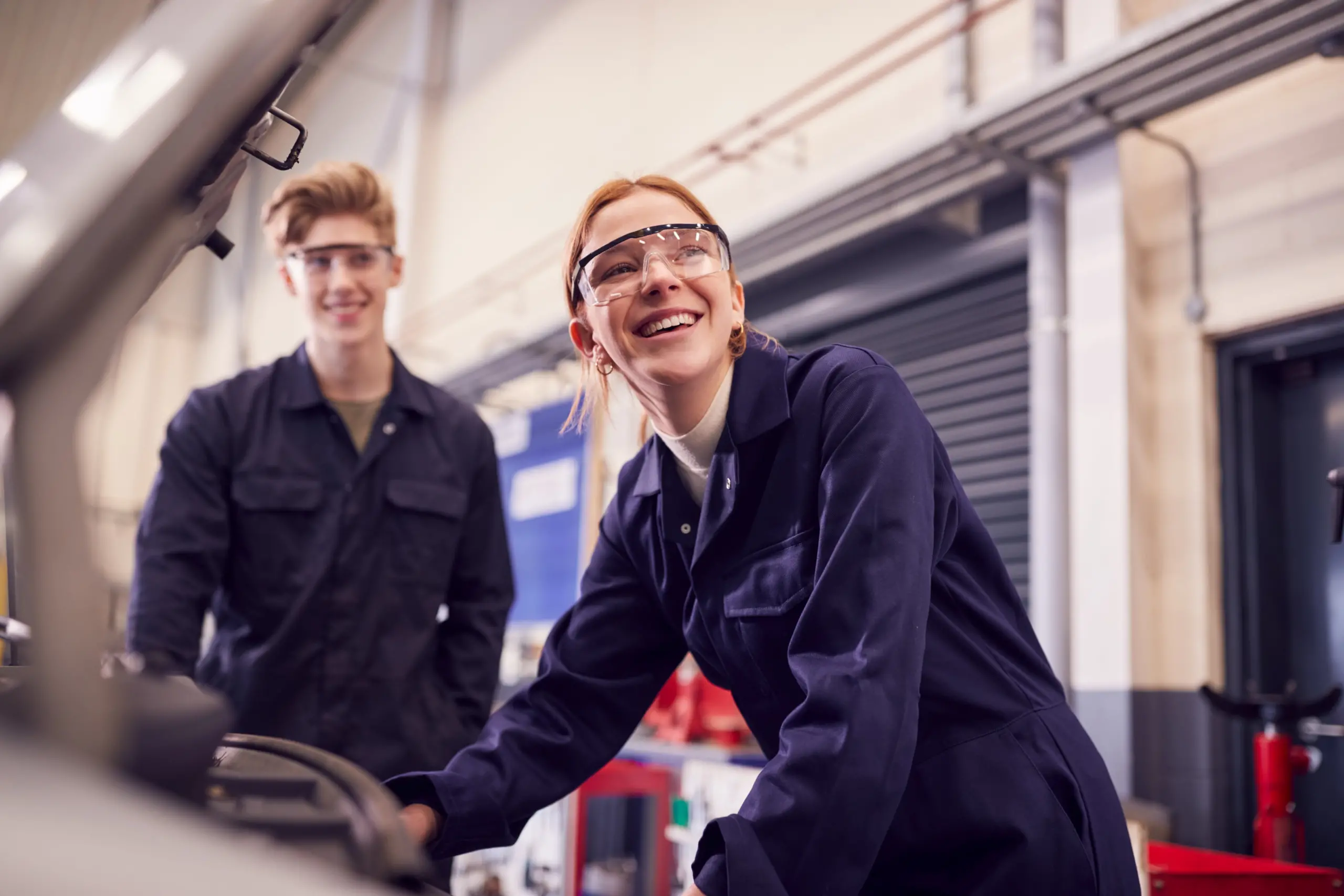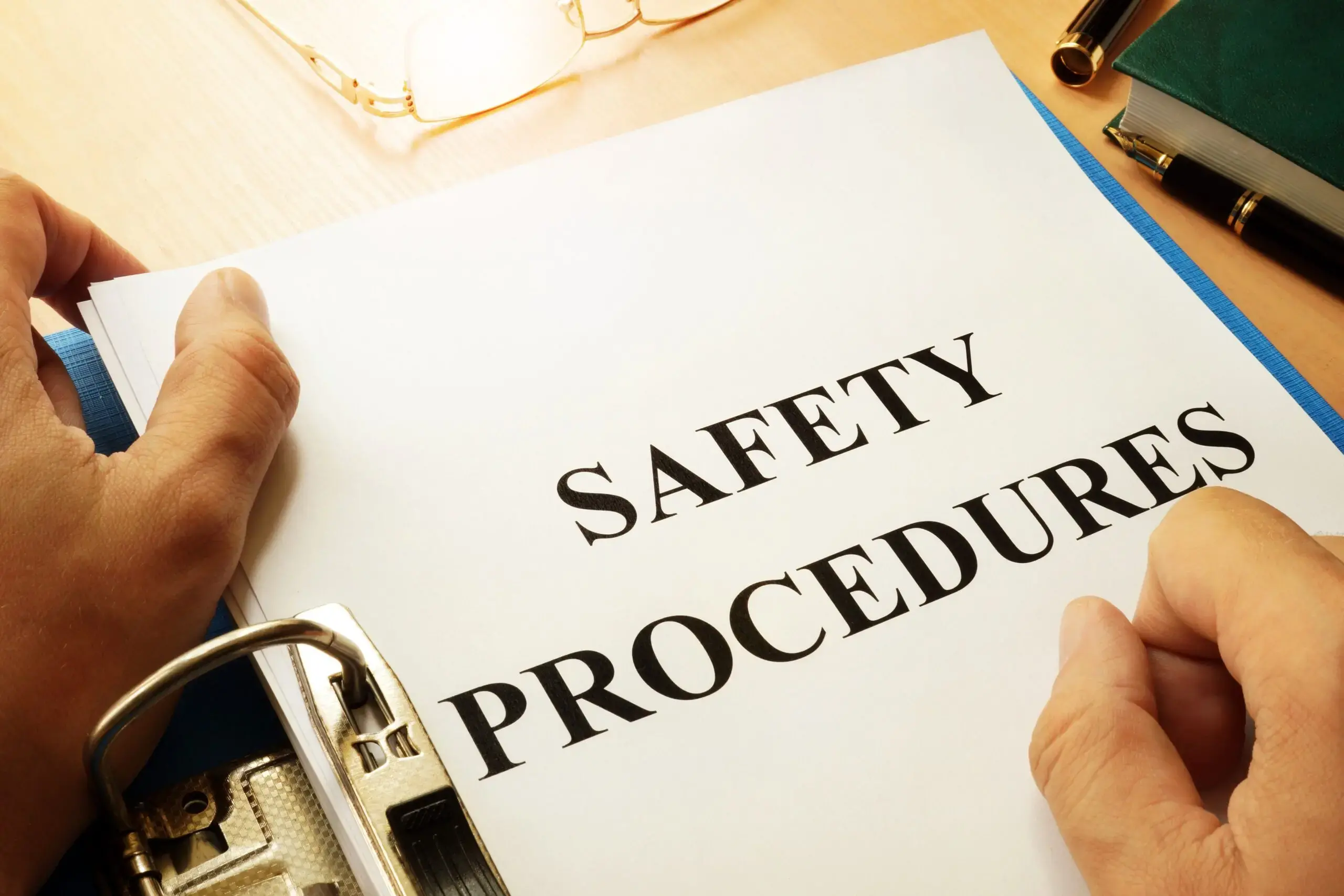With the increasing adoption of advanced technologies in schools, laser cutting has emerged as a widely favored innovation. It provides a unique combination of accuracy, imagination, and effectiveness in various academic disciplines. As we integrate laser cutting into educational environments, it is crucial to prioritize safety protocols to protect students while fostering innovation and ingenuity.
Using Laser Cutting in Education
Laser cutting has become increasingly popular in educational settings because it enhances hands-on learning experiences, fosters creativity, and teaches practical skills. Laser cutting machines can work with various materials, allowing students to bring their designs to life in multiple disciplines.
Integrating laser cutting into the curriculum provides students with practical skills and encourages critical thinking, problem-solving, and innovation. However, it is essential to ensure that safety remains a top priority when introducing laser cutting technology into educational environments. Educators can create a secure and conducive learning environment for students by following proper safety protocols and implementing comprehensive safety measures.
Understanding the Potential Hazards
Before exploring safety measures and protocols, it is crucial to understand the potential hazards associated with laser cutting in schools. Educators can take proactive steps to mitigate these risks effectively by identifying them.
Laser Radiation Exposure
Laser beams used in laser cutting machines can emit hazardous radiation levels, posing a risk to the eyes and skin of individuals in the vicinity. Direct exposure to laser radiation can cause permanent eye damage or skin burns. Understanding the different classes of lasers and their corresponding laser cutting safety requirements is essential to ensure safe operation.
Fire Hazards
Laser cutting involves using a highly focused laser beam that generates intense heat. If the laser beam interacts with flammable materials, such as paper or certain plastics, it can ignite a fire. The cutting process may also produce sparks that can pose a fire hazard if not properly controlled.
Chemical Hazards
When exposed to the laser beam, certain materials used in laser cutting, such as PVC or vinyl, can release hazardous gasses, including chlorine gas. These gasses can be harmful if inhaled, and proper ventilation and filtration systems must be in place to prevent exposure.
Safety Measures for Laser Cutting in Schools
Implementing various safety measures prior to using laser cutting technology is essential to ensuring the safety of students and staff.
Training and Education
Receiving proper training and education is crucial to laser cutting safety in schools. All individuals operating or working near laser cutting equipment should receive comprehensive training on laser cutting safety protocols, including the potential hazards associated with laser radiation and the safe operation of the equipment.
Personal Protective Equipment (PPE)
Wearing appropriate personal protective equipment (PPE) is essential when working with laser cutting machines. The specific PPE requirements may vary depending on the laser class and the materials being used. However, it typically includes laser safety glasses or goggles specifically designed for the laser wavelength being used.
Proper Ventilation and Filtration
Adequate ventilation and filtration systems remove hazardous fumes and particulate matter generated during laser cutting. Laser cutting machines should be equipped with built-in exhaust systems that effectively capture and remove fumes and particulates. These systems should be regularly inspected and maintained to ensure proper functioning.
Safe Material Usage
Using laser-compatible materials and following safe material usage practices is key to preventing fire hazards and chemical exposure. Educators should provide clear guidelines on the types of materials that can be used with the laser cutting equipment and those that should be avoided due to their flammability or potential chemical hazards.
Implementing a Laser Safety Program
In addition to specific safety measures, implementing a comprehensive laser safety program helps to ensure the effective management of laser cutting operations in schools.
Appointing a Laser Safety Officer (LSO)
The Laser Safety Officer (LSO) oversees the safe use of laser cutting equipment within the educational institution. The LSO should possess the knowledge and expertise in laser cutting safety and ensure that all safety protocols and procedures are followed. Their responsibilities include conducting hazard assessments, providing training and education, and ensuring compliance with regulatory standards.
Developing Standard Operating Procedures (SOPs)
Standard Operating Procedures (SOPs) should be developed to outline the specific safety protocols and practices to be followed when working with laser cutting equipment. SOPs should cover machine startup and shutdown procedures, material handling and preparation, laser power and speed settings, and emergency response procedures. These procedures should be clearly documented, readily available, and regularly reviewed and updated.
Conducting Regular Inspections and Maintenance
Inspections should be conducted periodically to identify any potential hazards or equipment malfunctions. Maintenance tasks, such as cleaning, alignment checks, and calibration, should be performed according to the manufacturer’s recommendations or as specified in the equipment’s user manual.

Boss Laser Built-In Safety Features
Boss Laser takes the initiative to ensure a safe learning experience for your students. Learn about our built-safety features below:
1. Built-In Safety Features
Boss Laser systems are designed with an array of built-in safety features that prioritize the well-being of students and educators. These features are specifically engineered to mitigate risks and ensure safe operation in a learning environment. Some of the key safety features include:
- Automatic Shutoff Mechanisms: Boss Laser machines are equipped with automatic shutoff mechanisms that activate when the lid is opened. This feature prevents accidental exposure to laser beams, ensuring the safety of users.
- Protective Housings: Laser systems are enclosed within protective housings to prevent any accidental exposure to laser beams. These housings act as a physical barrier, safeguarding students and educators from potential harm.
- Emergency Stop Buttons: In case of any unforeseen circumstances or emergencies, Boss Laser machines are equipped with easily accessible emergency stop buttons. These buttons allow for immediate cessation of laser operations, guaranteeing the safety of everyone in the vicinity.
2. Low Power Levels for Educational Use
One of the key factors that contribute to the safety of laser technology in educational settings is the utilization of lower power levels compared to industrial-grade lasers. Educational lasers are intentionally designed to operate at lower power levels, making them safer for use by students under supervision. While these lower power levels are sufficient for educational purposes, they allow students to learn, experiment, and explore the potential of laser technology without the associated risks of higher-powered lasers.
3. Regulatory Compliance
Boss Laser machines are designed to comply with stringent safety standards and regulations. This commitment to regulatory compliance is a testament to the brand’s dedication to safety and reliability in a classroom setting. Some of the regulations that Boss Laser machines adhere to include guidelines from respected organizations such as OSHA, ANSI, and the FDA. These regulations ensure that Boss Laser products meet the highest safety standards, providing educators and students with peace of mind.
4. Comprehensive Training Materials
Boss Laser recognizes the importance of thorough training in the safe operation of laser technology. To ensure that both educators and students are well-versed in safe operating procedures, Boss Laser provides extensive training materials. These resources include detailed user manuals, instructional videos, and sometimes even in-person training sessions. Additionally, Boss Laser offers world-class technical support, assisting users in navigating any potential challenges they may face while using their laser systems. This comprehensive training approach empowers educators and students with the knowledge and skills necessary to operate laser technology safely.
Prioritizing Laser Technology Safety with Boss Laser
Laser technology offers immense potential for educational purposes, but ensuring safety is paramount. At Boss Laser, we prioritize safety and excellence, empowering educators and students alike to reach their objectives through our state-of-the-art laser technology. By adhering to these guidelines, you can confidently utilize your laser machine, ensuring that you, your students, and your environment are secure. Reach out to Boss Laser today to embrace the power of laser cutting in education and let innovation thrive in your school.
